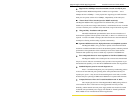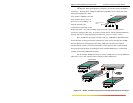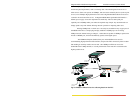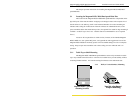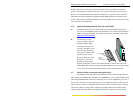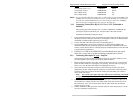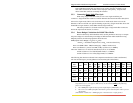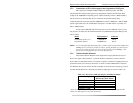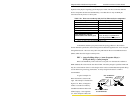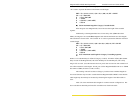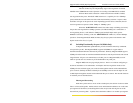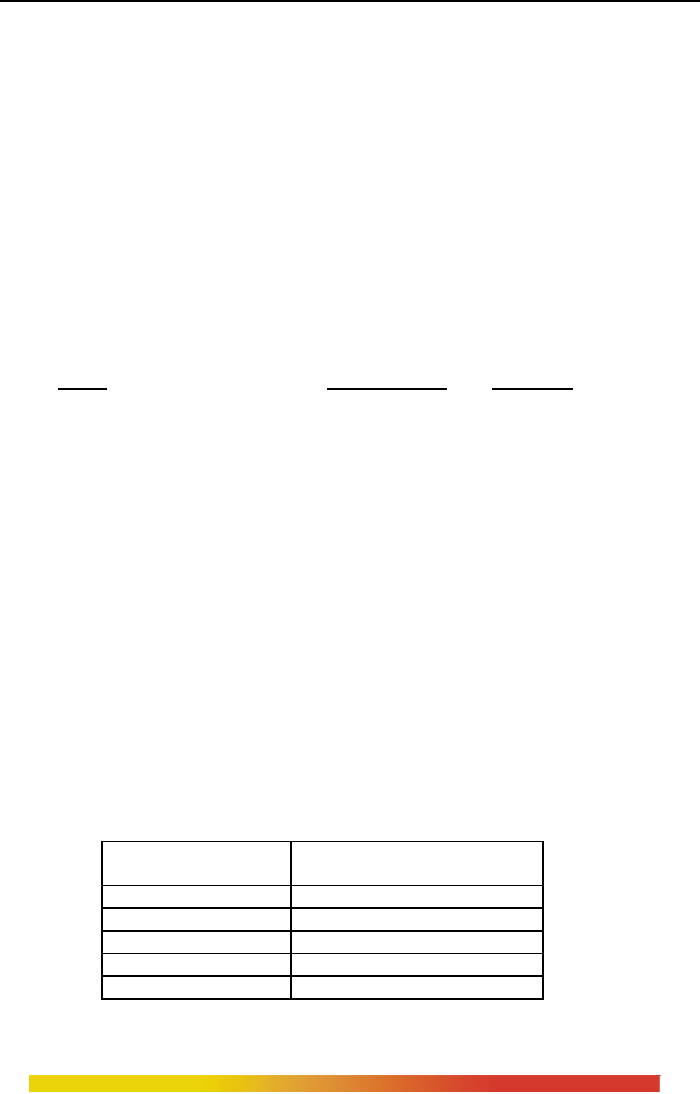
Magnum DS50 / DS60s Dual Speed Hubs Installation and User Guide (06/02)
3.2.5 Connections to NICs which support Auto-Negotiation, RJ-45 ports
The copper ports of Magnum DS50 / DS60s will function properly with NICs
(Network Interface Cards) which support Auto-Negotiation, and the Fast Link Pulse (FLP)
coding for the 100BASE-TX signaling system. When connecting a NIC to a DS50 / DS60, it
may be necessary to reload the NIC drivers on the user device if the NIC has been
communicating with a protocol other than 100BASE-TX (such as 10BASE-T). When 100Mb
speed is agreed and in use, the 10/100 LED is steady ON. It is OFF if there is no traffic or if
there is 10Mbps traffic.
In cases where 100BASE-TX connection ports are used as 10BASE-T ports, CAT 3
may be used. In either case, the maximum distance for unshielded twisted pair cabling is 100
meters (328 ft).
Media
IEEE Standard Connector
Twisted Pair (CAT 3 or 5) 10 BASE-T RJ-45
Twisted Pair (CAT 5) 100BASE-TX RJ-45
NOTE : It is recommended that high quality CAT. 5 cables (which work for both 10 Mbps and
100Mbps) be used whenever possible in order to provide flexibility in a mixed-speed
network, since dual-speed ports are auto-sensing for either 10 and 100Mbps. Note
that the auto-sensing function does not sense the cable type.
3.2.6 Collision Domain Diameter
The Collision Domain Diameter is the length of the longest path between any two
devices in a single collision domain. A collision domain is defined as a cluster of network
devices that are connected by means of a repeater or repeaters such that no bridging devices are
present between any two devices in the cluster. In order to install an IEEE 802.3u compliant
Fast Ethernet network, the collision domain, regardless of the actual network topology, must be
less than 512 BT (Bit Times). Bit Times are related to media types as shown in Table 3.2a.
Table 3.2a: Worst case round-trip delay for Fast Ethernet media*
Media Type Round-trip delay in
Bit Time per Meter (BT/m)
Fiber Optic
1.000
Shielded TP cable
1.112
Category 5 Cable
1.112
Category 4 Cable
1.140
Category 3 Cable
1.140
*Worst case delays taken from IEEE Std 802.3u-1995, actual delays may be less for a particular cable.
Contact your cable supplier for exact cable specifications.
22
www GarrettCom com
..



